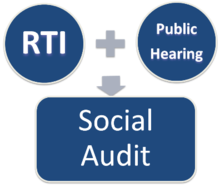Citizen charter
The Citizens’ Charter is an instrument which seeks to make an organization transparent, accountable and citizen friendly. A Citizens’ Charter is basically a set of commitments made by an organization regarding the standards of service which it delivers. Every citizens’ charter has several essential components to make it meaningful; the first being the Vision and Mission Statement of the organization. This gives the outcomes desired and the broad strategy to achieve these goals and outcomes. This also makes the users aware of the intent of their service provider and helps in holding the organization accountable. Secondly, in its Citizens’ Charter, the organization must state clearly what subjects it deals with and the service areas it broadly covers. This helps the users to understand the type of services they can expect from a particular service provider. These commitments/promises constitute the heart of a citizens’ charter. Even though these promises are not enforceable in a court of law, each organization should ensure that the promises made are kept and, in case of default, a suitable compensatory/remedial mechanism should be provided. Thirdly, the Citizens’ Charter should also stipulate the responsibilities of the citizens in the context of the charter.
Background
The Citizens’ Charter, when introduced in the early 19 90’s, represented a landmark shift in the delivery of public services. The emphasis of the Citizens’ Charter is on citizens as customers of public services. The Citizens’ Charter scheme in its present form was first launched in 1991 in the UK. The aim was to ensure that public services are made responsive to the citizens they serve.
A Citizens’ Charter is a public statement that defines the entitlements of citizens to a specific service, the standards of the service, the conditions to be met by users, and the remedies available to the latter in case of non-compliance of standards. The Charter concept empowers the citizens in demanding committed standards of service. Thus, the basic thrust of Citizens’ Charter is to make public services citizen centric by ensuring that these services are demand driven rather than supply driven. In this context, the six principles of the Citizens’ Charter movement as originally framed were:
Quality : improving the quality of services;
Choice : for the users wherever possible;
Standards : specifying what to expect within a time frame;
Value : for the taxpayers’ money;
Accountability : of the service provider (individual as well as Organization);
Transparency : in rules, procedures, schemes and grievance redressal.
These were revised in 1998 as nine principles of service delivery in the following manner:
- Set standards of service;
- Be open and provide full information;
- Consult and involve;
- Encourage access and promote choice;
- Treat all fairly;
- Put things right when they go wrong;
- Use resources eff ectively;
- Innovate and improve; and
- Work with other providers
Government of India in 1996 commenced a National Debate for Responsive Administration. A major suggestion which emerged was bringing out Citizen Charters for all public service organisations. idea received strong support at the Chief Ministers’ Conference in May 1997; one of the key decisions of the Conference was to formulate and operationalise Citizens’ Charters at the Union and State Government levels in sectors which have large public interface such as Railways, Telecom, Post & Public Distribution Systems, Hospitals, and the Revenue & Electricity Departments. momentum for this was provided by the Department of Administrative Reforms & Public Grievances (DAR&PG) in consultation with the Department for Consumer Affairs. Department of AR & PG simultaneously formulated guidelines for structuring a model charter as well as a list of do’s and don’ts to enable various government departments to bring out focused and effective charters. Since May 1997, when the programme was launched in India, different Ministries, Departments, Directorates and other organizations at the Union level have formulated 115 Citizens Charters.
Making Citizens’ Charters Effective
The Commission has briefly dealt with the issue of Citizen’s Charters in its Fourth Report on ‘Ethics in Governance’. The Commission observed that in order to make these Charters effective tools for holding public servants accountable, the Charters should clearly spell out the remedy/penalty/compensation in case there is a default in meeting the standards spelt out in the Charter. It emphasized that it is better to have a few promises which can be kept than a long list of lofty but impractical aspirations.
Internal restructuring should precede Charter formulation: As a meaningful Charter seeks to improve the quality of service, mere stipulation to that effect in the Charter will not suffice. There has to be a complete analysis of the existing systems and processes within the organization and, if need be, these should to be recast and new initiatives adopted. Citizens’ Charters that are put in place after these internal reforms will be more credible and useful than those designed as mere desk exercises without any system re-engineering.
One size does not fit all: This huge challenge becomes even more complex as the capabilities and resources that governments and departments need to implement Citizen’s Charters vary significantly across the country. Added to these are differing local conditions. The highly uneven distribution of Citizen’s Charters across States is clear evidence of this ground reality. For example, some agencies may need more time to specify and agree upon realistic standards of service. In others, additional effort will be required to motivate and equip the staff to participate in this reform exercise. Such organizations could be given time and resources to experiment with standards, grievances redressal mechanisms or training. They may also need more time for internal restructuring of the service delivery chain or introducing new systems. Therefore, the Commission is of the view that formulation of Citizen’s Charters should be a decentralized activity with the head office providing broad guidelines.
Wide consultation process: Citizens’ Charters should be formulated after extensive consultations within the organization followed by a meaningful dialogue with civil society. Inputs from experts should also be considered at this stage.
Firm commitments to be made: Citizens’ Charters must be precise and make firm commitments of service delivery standards to the citizens/consumers in quantifiable terms wherever possible. With the passage of time, an effort should be made for more stringent standards of service delivery.
Redressal mechanism in case of default: Citizens’ Charter should clearly lay down the relief which the organization is bound to provide if it has defaulted on the promised standards of delivery. In addition, wherever there is a default in the service delivery by the organization, citizens must also have recourse to a grievances redressal mechanism. This will be discussed further in the next chapter on grievances redressal mechanisms.
Periodic evaluation of Citizen’s Charters: Every organization must conduct periodic evaluation of its Citizens’ Charter preferably through an external agency. This agency while evaluating the Charter of the organisation should also make an objective analyses of whether the promises made therein are being delivered within the defined parameters. The result of such evaluations must be used to improve upon the Charter. This is necessary because a Citizen’s Charter is a dynamic document which must keep pace with the changing needs of the citizens as well as the changes in underlying processes and technology. A periodic review of Citizens’ Charter thus becomes an imperative.
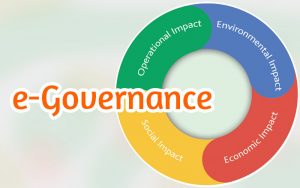
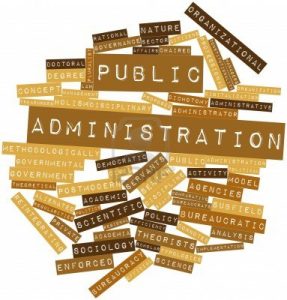


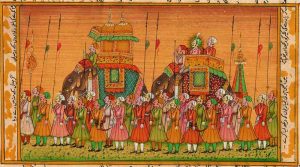
 feudalism, favouritism and archaic methods of governance. For us, governance is a mission that isn’t complete without proactive involvement of the citizens of India. It strive to provide a clean and efficient government that invites proactive participation and involvement of citizens at every step.
feudalism, favouritism and archaic methods of governance. For us, governance is a mission that isn’t complete without proactive involvement of the citizens of India. It strive to provide a clean and efficient government that invites proactive participation and involvement of citizens at every step. principal seats of High Court. These regular Benches also hold circuit sittings at other seats of High Courts.
principal seats of High Court. These regular Benches also hold circuit sittings at other seats of High Courts.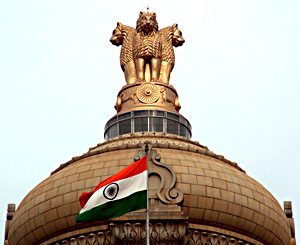 upport the continuance of the pre-independence civil service structure:
upport the continuance of the pre-independence civil service structure: